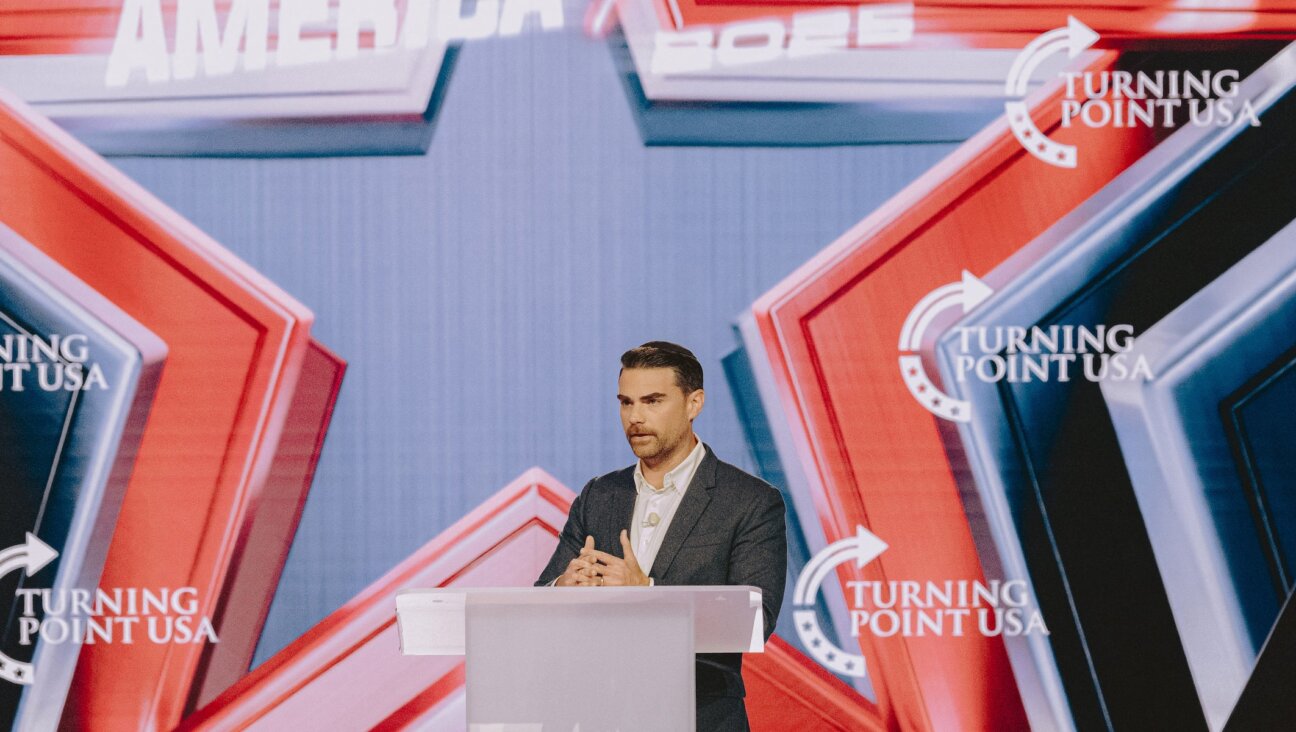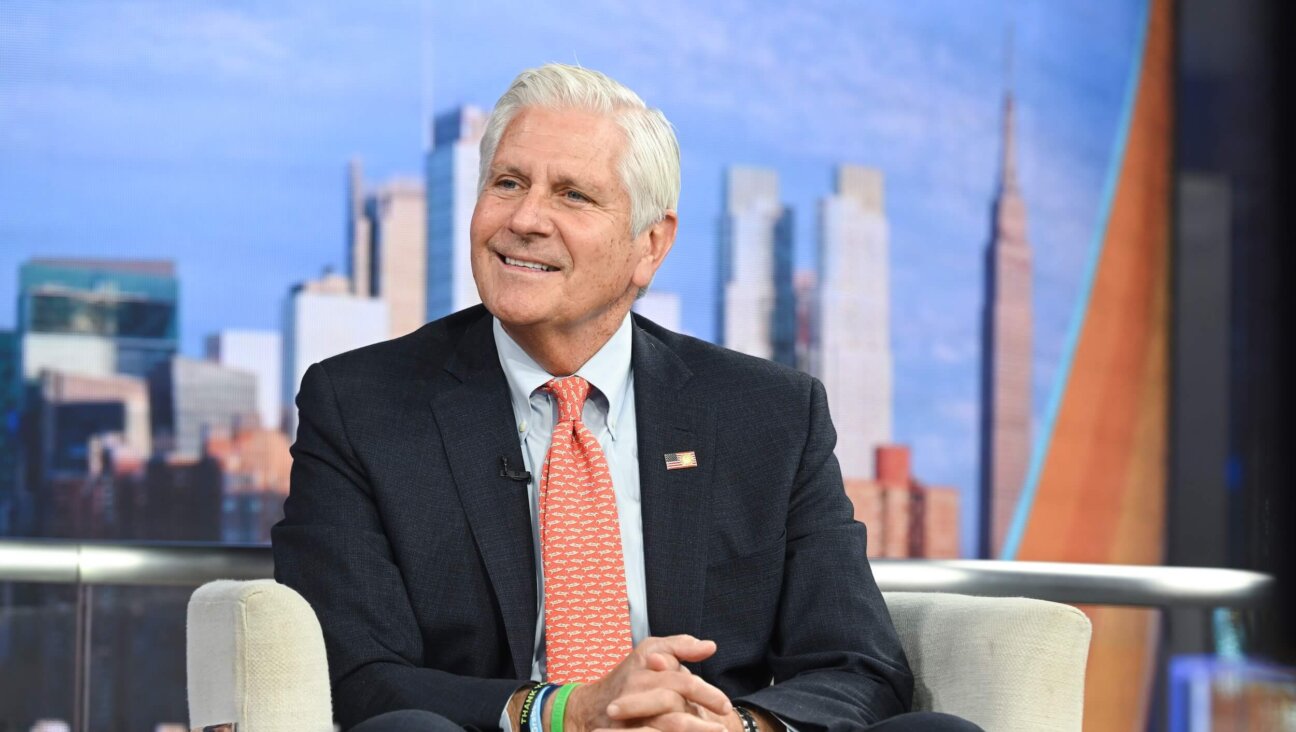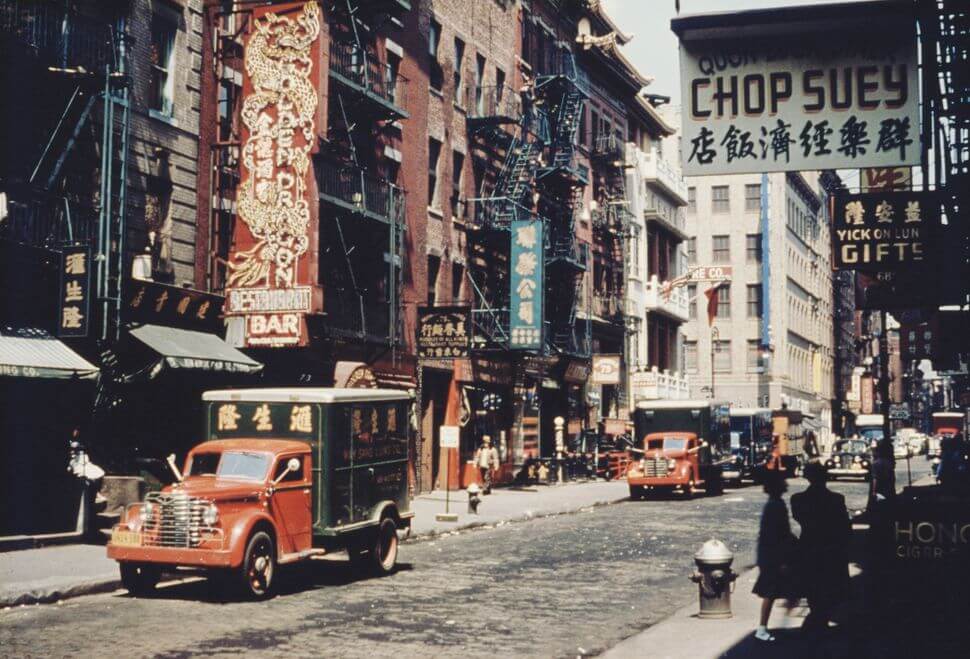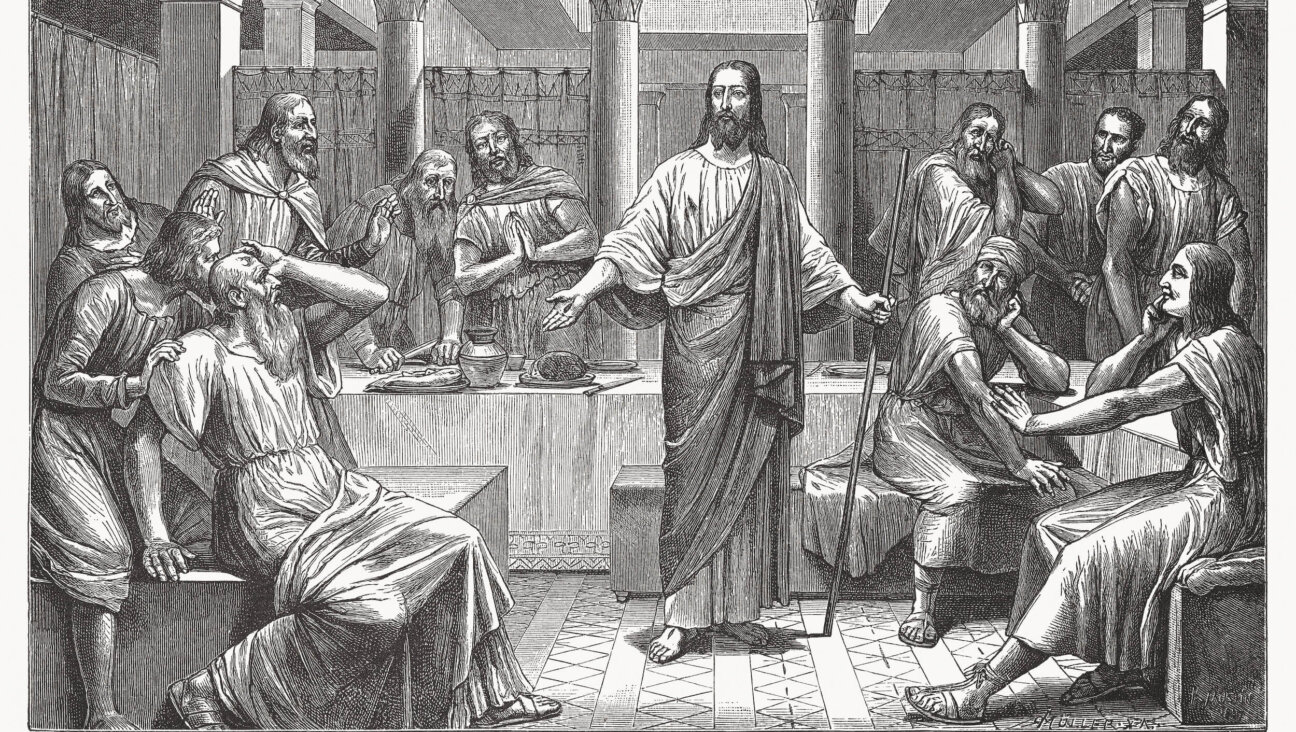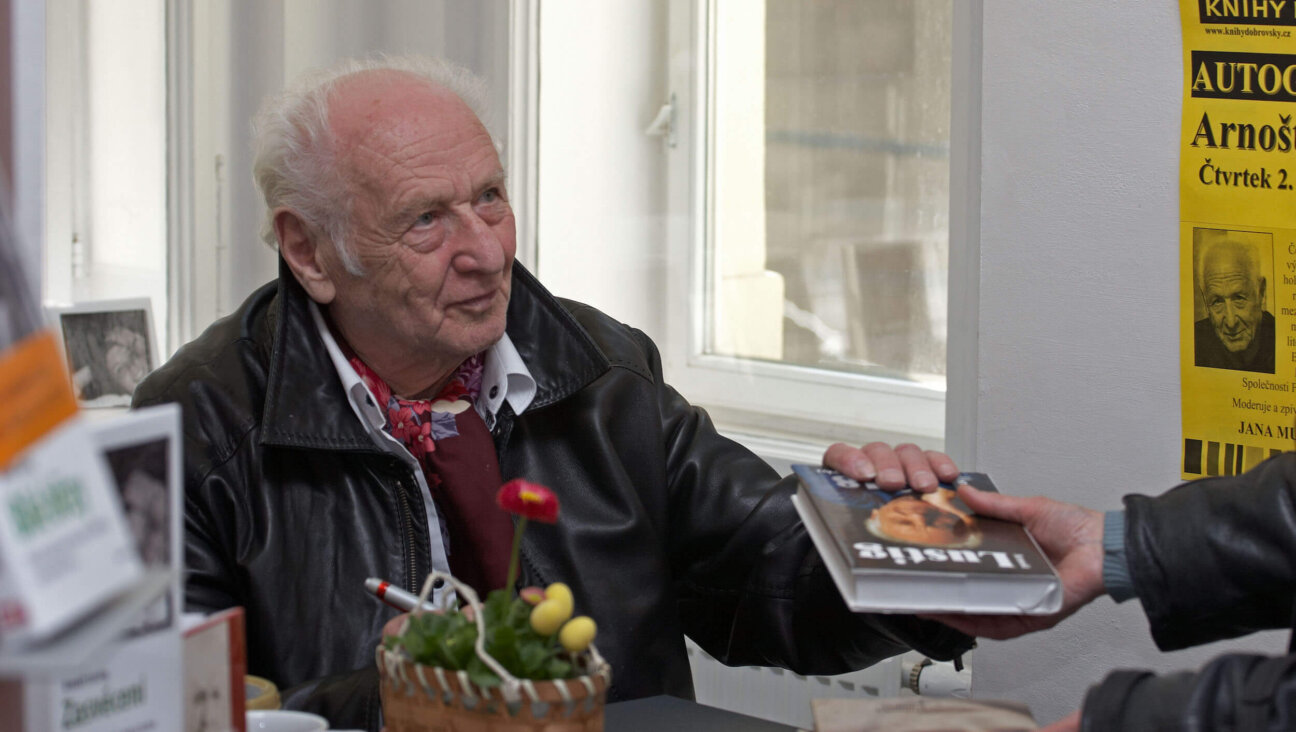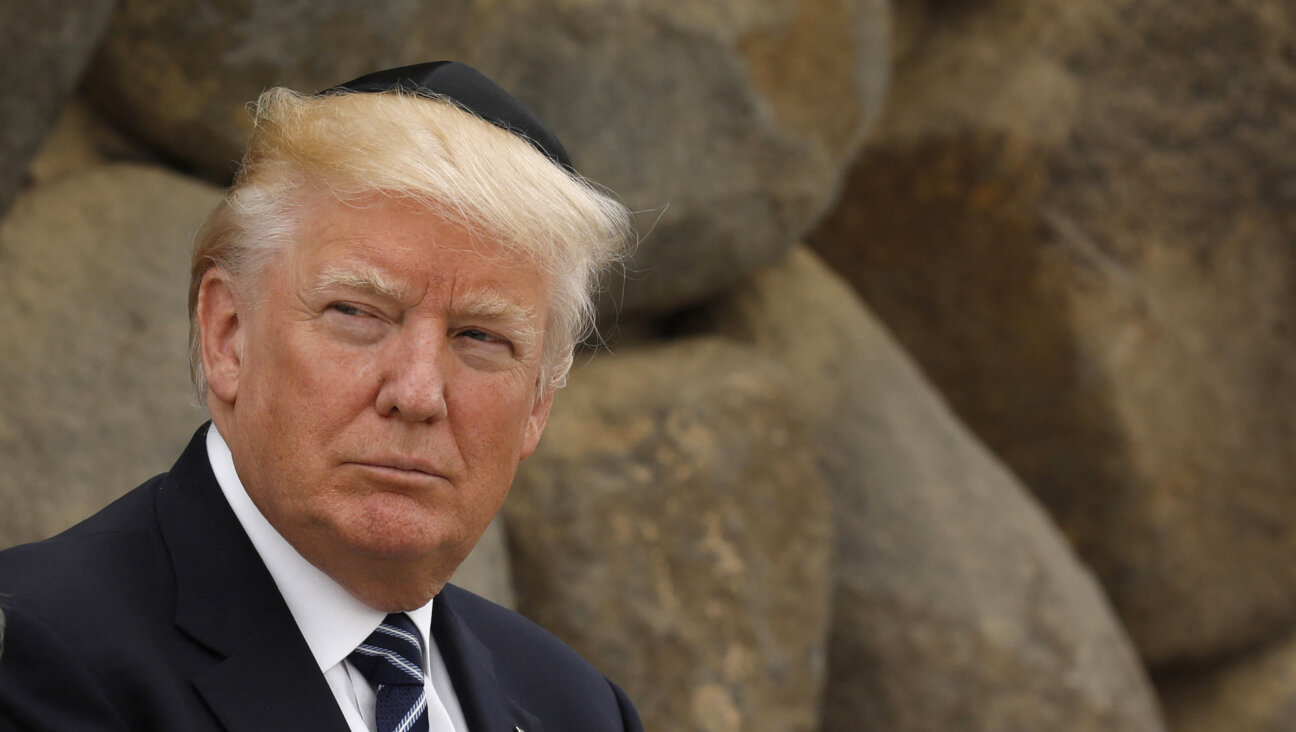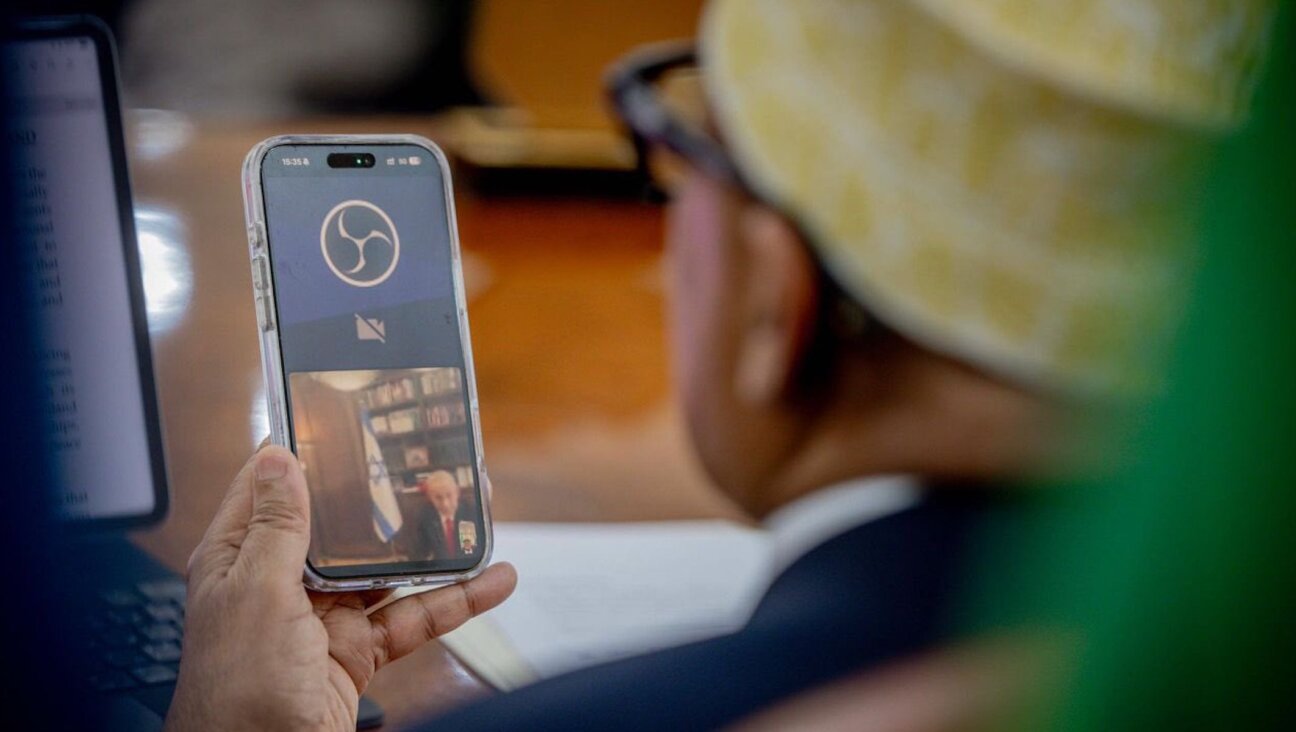The Double Mystery of Creativity and Personality
Although recognized in the late 1950s as a leading abstract expressionist, Philip Guston is probably best-remembered now for the critical drubbing he received in 1970. That fall, he declared his independence from his immediate past by showing large, clumsily drawn and sumptuously painted cartoons of Ku Klux Klansmen. This new turn did not go over well. Big, buffoonish and somehow oddly literal (though still painted with Guston’s virtuoso touch), these works seemed willfully disconnected from the reigning styles of their day. They owed nothing to the forceful superficiality of Pop, the tactile diversity of post-minimalism or the documentary drive of Conceptualism. They were out there on their own. Not surprisingly, Guston got panned.
Guston continued to tack away from the purities of High Modernism until he died in 1980. He filled his studio in Woodstock, N.Y., with horrifying and comic depictions of the discarded clutter of everyday life: old shoes, cigarettes, bottles, coffee cups. The paintings serve as testimonies to the unguarded vulnerability of the world of things. While the critics did come around to accepting him before his death, Guston’s career continues to elude the standard histories of 20th-century art. For this reason, the major Guston retrospective that has been traveling through Europe and North America over the last few years still manages to elicit something of the discomfort his final paintings provoked.
This discomfort dogs the literature on Guston. Only one art-historical monograph has been published about the painter since his death, and that was in 1986. When people write books about Guston, they produce memoirs. There are now three of these: “Night Studio: A Memoir of Philip Guston,” his daughter Musa Mayer’s invaluable account; William Corbett’s “Philip Guston’s Late Work: A Memoir,” and now Ross Feld’s posthumous “Guston in Time.”
Feld, who was only 54 when he died of cancer in 2001, met Guston in the mid-1970s. Like most of Guston’s friends from this period, he was a writer, not a painter. He was also a good three decades younger than Guston. Their ferocious commitment to art seems to have bridged the gap in their ages, as did Guston’s equally ferocious loneliness. Feld’s unstinting and generous memoir (no less than the correspondence between the two men, which is included in an appendix to the book) indicates that the younger man’s loyalty, judiciousness and tact were essential to the friendship’s success. Guston, by all accounts, was not an easy man.
At the center of this book lies its real subject, the double mystery of creativity and personality. Feld wants to account both for the extraordinary productivity of Guston’s last decade and for the complicated depths of his friend’s character. The two, of course, are intimately related. Feld has no trouble listing Guston’s often-contradictory personal qualities — his charismatic pull (Feld calls him a “supernova of personality”) and his grandiose self-involvement. Feld shows that this volatile mixture led more or less directly to the sheer naked bravery of the late work. Guston had always expected to be a great artist and his unfettered sense of entitlement lent him the courage to be “trippingly open, nearly guileless.”
Feld’s memoir celebrates Guston’s courage in sometimes-ringing cadences: courage to reject the purist dogmas of modernism and to embrace a “delirious congregation of imperfections,” courage to give up the dream of a timeless realm where his self-enclosed artwork could hover above the demands of daily experience and, most importantly, courage to face up to the unavoidable ravages of age and use. Referring to the painter’s commitment to a lucid and uncompromising self-portraiture, Feld writes that the late works are “born in the rich precincts of personal responsibility and raw change.”
Feld’s insights and the exemplary clarity of his prose help explain, but do not eliminate, the mysteries that seem to have prompted the book in the first place. While he focuses on Guston and not himself (Feld does not enter the stream of the narrative until the fourth chapter), the story he tells makes it clear that he only came to understand Guston relatively late, and even then not conclusively. Feld preserves Guston’s resistance to summary by interleaving his chapters with the painter’s letters. These letters display all the man’s conflicting traits. They are by turns grandiloquent, stammering, smarmily flattering, self-inflated, self-deprecating and raw. Feld’s judiciousness and tact, then, extend even to the structure of the book. He is scrupulous in allowing Guston his say.
Feld has the critic’s gift for pithy summary. This talent lends speed and clarity to his descriptions of the paintings. (These descriptions are doubly necessary because the reproductions in the book are small and sometimes badly out of focus.) Feld also has a novelist’s eye for the telling detail. Most interestingly, though, he indulges in the novelist’s habit of letting structure imply more than the narrative plainly asserts.
At the end of the seventh chapter, Feld tells an interesting anecdote. Guston was born Phillip Goldstein and hailed from an immigrant Russian-Jewish family. He switched to the more acceptable (read: goyish) “Philip Guston” in the 1930s in order to win over his future, very WASPy parents-in-law. Guston never publicized this fact and it is notably absent from Dore Ashton’s 1976 book on his life and work, “‘Yes, But…’: A Critical Study of Philip Guston.” Feld was the first one to mention it in print, in an essay from 1980. Guston thanked him for this, saying that he had always felt awful about the name change, and Feld realizes that the change was part of the complicated play of masking and self-revelation that permeated everything Guston did.
Feld begins that same chapter with another insight:
At first glance, Feld’s equating of Guston’s hidden allegiance to figurative painting with the underground faith of the Spanish Jew is odd. The Second Commandment’s proscription of images has led to a long history of Jewish iconophobia. But the peculiarity of the simile disappears if we realize that Feld frames this chapter with references to Guston’s Judaism.
Although Guston was hardly an observant Jew, Feld asserts that he had “no problem seeing as well as presenting himself as a doubt-ridden cerebral Jew painter.” It is regrettable then that Feld does not pursue the implications that his book raises. At one point, Feld correctly calls Abstract Expressionism “one of the most deeply [P]rotestant art-histories ever seen.” Following Feld’s lead, could it not be said that Guston decided his abstractions constituted a form of assimilation, a capitulation to the deeply Protestant iconoclasm of the New York School? In order to really become a “Jew painter,” he had to stage a tragicomic return to the shabby conditions of the world. He needed to reject the refinements of modernism and forego the canons of good taste. He had to come to resemble his friend Philip Roth.
Feld does not go this far, at least not explicitly. But his finely nuanced meditation on Guston’s life and work points to this conclusion. In a letter to Feld from July 1979, Guston says that his greatest desire “finally is not to be merely liked, etc, but to be understood.” He would have appreciated this book. It understands him very well.
